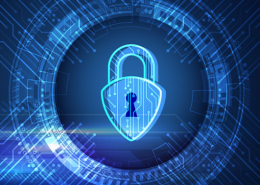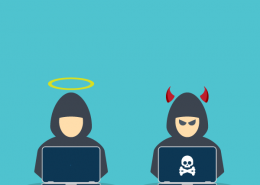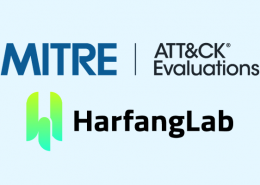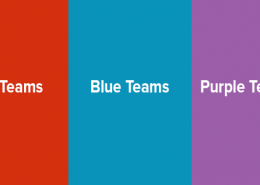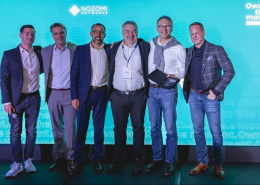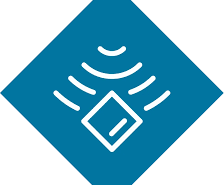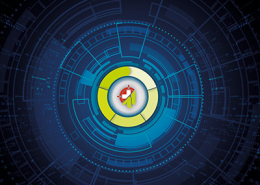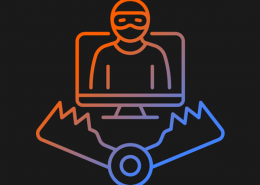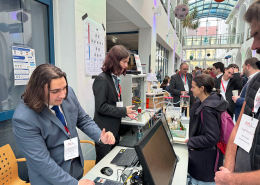 https://www.ikarussecurity.com/wp-content/uploads/2025/03/IMG_2888-1200.jpg
900
1200
IKARUS
https://www.ikarussecurity.com/wp-content/uploads/2025/02/IKARUS-Security-Software-4-1.png
IKARUS2025-03-27 13:29:322025-03-27 13:29:33IKARUS Supports HTL Project FENRIR as Partner and Sponsor
https://www.ikarussecurity.com/wp-content/uploads/2025/03/IMG_2888-1200.jpg
900
1200
IKARUS
https://www.ikarussecurity.com/wp-content/uploads/2025/02/IKARUS-Security-Software-4-1.png
IKARUS2025-03-27 13:29:322025-03-27 13:29:33IKARUS Supports HTL Project FENRIR as Partner and SponsorThe ever-increasing digital challenges require a proactive approach to IT security – especially for organisations that need to make efficient use of limited resources. Threat modelling is an effective and simple way to identify potential threats to IT infrastructure and develop preventive measures. It looks at a system from a potential attacker’s perspective.
Benefits and advantages of threat modelling
By systematically analysing potential threats and risks, organisations can identify and assess potential attack scenarios at an early stage. Prioritised instructions for action enable the efficient use of resources.
The simulation of possible attack scenarios as part of threat modelling also provides an opportunity to develop a deeper understanding of the tactics, techniques and procedures used by attackers. This enables targeted training and information to raise awareness of specific threats.
Another practical benefit is the catalogue of measures and clear communication channels that can be derived directly from threat modelling. In the event of a security incident, the response time is significantly reduced as a well-prepared team can act immediately to contain the attack and minimise the damage.
Threat modelling also supports forensic analysis following a security incident. It is an important tool for identifying, understanding, and defending against threats, and is suitable for organisations with limited resources.
Step-by-step guide to threat modelling
The following practical steps, adapted to your organisation’s needs and repeated regularly, can help you proactively address potential threats and immediately improve your organisation’s security. Consider any industry-specific threats or regulatory requirements.
- Identify assets
The first step is to identify all digital assets that are important to your organisation and worth protecting. This could be customer data, financial information, intellectual property, the website, an e-commerce platform, or critical infrastructure.
Larger companies should also consider business processes, supply chains and external partners. - Identify potential threats
Analyse the threats your assets may be exposed to. These could include external attacks such as hacking and data theft, DDoS attacks or malware such as ransomware, as well as human error or insider threats such as data breaches or sabotage. Physical threats include power outages, natural disasters, theft, or vandalism.
Due to their complex organisational structure, larger organisations should conduct a multi-level threat analysis that considers both global and department-specific threats. - Weakness analysis
Identify potential vulnerabilities in your IT infrastructure that could be exploited by potential threats. These include outdated software, inadequate data encryption, insecure configurations, or lack of security updates. Also consider the number and rights of user accounts and remote access, and the level of awareness of cyber threats such as phishing among all employees. - Risk assessment and prioritisation
Assess the identified threats and vulnerabilities in terms of their potential impact and likelihood of occurrence. Prioritise the identified risks to allocate resources efficiently. For example, the protection of customer data may be more important than the availability of the company website.
Depending on the industry and size of the organisation, compliance requirements may also need to be considered. - Development of security measures
Based on the identified risks and priorities, appropriate security measures should be developed. These can include firewall rules, security software or encryption, but also the implementation of multi-factor authentication, employee training or the installation of patches and updates. - Ongoing monitoring and adjustment
The threat landscape is constantly changing. It is therefore important to regularly review threat models and adapt them to new threats or changes in the business, such as new assets to protect. This is the only way to maintain your knowledge advantage and respond effectively to current developments.
Methods for identifying, assessing and prioritising threats
Various frameworks are available for the detailed and systematic identification, assessment, and prioritisation of threats. Some of the best known include Microsoft’s STRIDE and the Mitre Attack Framework. Choosing the right model or framework depends on the specific application and your organisation’s unique requirements.
STRIDE focuses on six main threat types – Spoofing, Tampering, Repudiation, Information Disclosure, Denial of Service and Elevation of Privilege – and emphasises the identification of weaknesses in the security attributes of systems. STRIDE analyses how these six threats can affect specific assets or processes within a system.
OWASP Application Threat Modelling focuses on web applications and is based on a systematic method for identifying and assessing threats. It focuses on application architecture, data flows and the identification of potential vulnerabilities. The methodology is flexible and can be applied to different types of web applications, regardless of size or industry.
Threat modelling plays a critical role in the security of the digital enterprise and provides a solid foundation for the development of an incident response plan. It not only promotes a deep understanding of potential threats, but also provides concrete suggestions for improving cybersecurity. This practical approach strengthens your organisation against security incidents and gives you greater control over your IT security.
This might also interest you:
Recognise, understand and defend against info stealers:
Plan and implement Data Loss Prevention (DLP) measures:
OSINT Tools: What Cybercriminals Know About You and Your Company:
Links:
STRIDE: https://en.wikipedia.org/wiki/STRIDE_%28security%29
OWASP Application Threat Modeling: https://owasp.org/www-community/Threat_Modeling_Process
Mitre Attack: https://attack.mitre.org/

